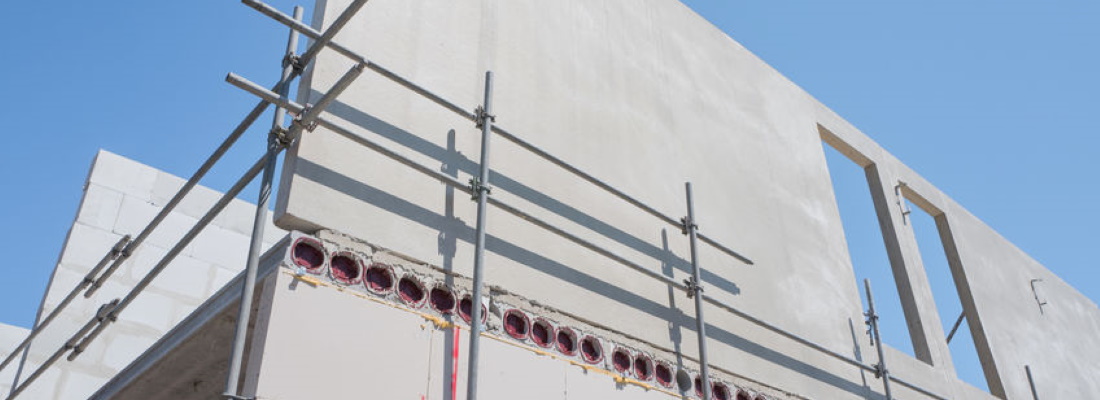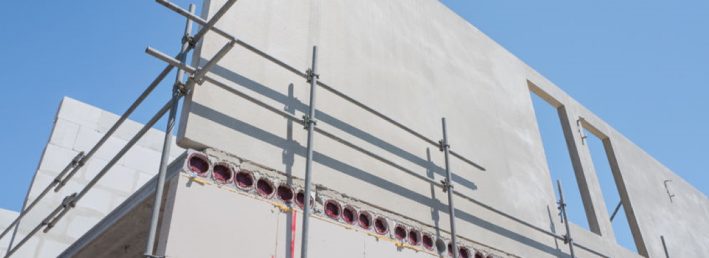Twenty years from now or sooner, the peak capacity for the consumption of oil will be reached. On one hand, we have the global production of oil decreasing, but on the other, we have increased demand. The construction industry is no different.
The construction industry is a huge consumer of the earth’s natural resources like water, energy, minerals and wood. Furthermore, once buildings are built, they continue to cause pollution due to their emission production and their impact on the ground. Across the globe, the construction industry relies upon using crude for manufacturing processes and machinery
Is change happening?
There is, however, increased awareness for the environment and the industry is beginning to recognise its contribution to the planet’s problems. Thus, there has been some small changes. The government in the UK has also begun to pass new legislation to ensure construction companies use green practices during production. For example, buildings under construction should be incorporating greener and energy-efficient technology. Elsewhere in the world, eco-friendly construction is also taking off.
Sustainable and eco-friendly construction techniques
There are lots of things that construction companies can do to make their buildings and processes more environmentally friendly. There needs to be a consideration of three factors for the design and the design’s implementation to be beneficial ecologically.
First of all, firms need to look at their materials. Are they renewed? Can they be recycled? Are they sourced locally?
Secondly, companies need to look at how energy is used during the construction of a structure. Is expendable energy being wasted if machines are overused? For example, there are construction vehicles nowadays that use hybrid motors that make sure that there is no energy wasted. If the ‘electric-only’ mode is activated, there are zero emissions. The electric engine can also work alongside the more-traditional diesel engine which means that this is never forced to overwork.
The third thing to consider is once the building is getting its finishing touches. Is any energy wasted here? For example, are there cheaper and more practical solutions for insulation? Is timber locally sourced and could reclaim wood be used instead of felling trees?
What examples are there of environmentally friendly designs and structures?
There are many ways in which the construction industry already tries to be environmentally friendly and sustainable. Here are some of the ways in which the industry is trying to become more energy-efficient and environmentally friendly:
- Solar panels – solar panels can be used to generate hot water in a building, they can power boilers and can generate electricity
- Water filtration and drainage systems – it is possible these days to have water being re-used inside buildings. You can also ensure biological waste is treated and recycled. A property’s drains can also be built so that they lead into gardens so that water can be collected and used instead of watering plants from a tap.
- Low-energy lights – low-energy light bulbs can save you a huge amount of energy and they also last double the amount of time compared to traditional light bulbs.
Other things that construction companies can do
A perhaps less obvious problem is noise pollution. It is a good idea for construction companies to consider reducing noise. Noise is a common complaint amongst people who live and work near construction sites. To reduce noise, companies should consider upgrading their heavy machinery to more-fuel efficient, newer models. They should also consider how much time these machines are idle.
The most eco-friendly construction materials
There are lots of materials out there that are environmentally friendly, let’s take a look at some examples:
- Straw bales – these can replace plaster, concrete, gypsum and other wall materials. They are very good at insulating as long as they are properly sealed. Straw is affordable and sustainable.
- Bamboo – bamboo has had a surge of popularity recently in utensils and furniture but this production has actually been used for millennia in the construction industry. Being lightweight with high tensile strength makes it an excellent renewable resource.
- Wood – this is a tried and tested material in the construction industry and has many benefits. Since trees absorb carbon dioxide as they grow, they’re very eco-friendly. What’s more, trees don’t need to undergo an energy-intensive procedure to become a construction product. As long as the forest is well-managed, timber can be a renewable and biodiverse habitat.
Why go eco-friendly in the construction industry?
Maintenance and operation costs account for as much as 80% of the total running costs of a building’s lifetime. With the use of green energy, the building’s operating costs can be slashed by over 30% when it comes to energy and water.
Architects can consider how daylight can be used in the design to reduce the need for so much artificial lighting. What’s more, a bonus is that vitamin D from the sun’s rays will improve the building’s indoor environment and will benefit the people who live or work there.
The construction process itself can be ‘green’ too. Using long-lasting and recyclable materials means that there will be fewer materials used, less energy will be used (crude oil) and there will be a cost-saving too.
All in all, these ideas will help in the reduction of the rate of climate change. Through the use of more environmentally-friendly processes and materials and a building designed to support and sustain the environment, the world and its people will see a lot of benefits.


